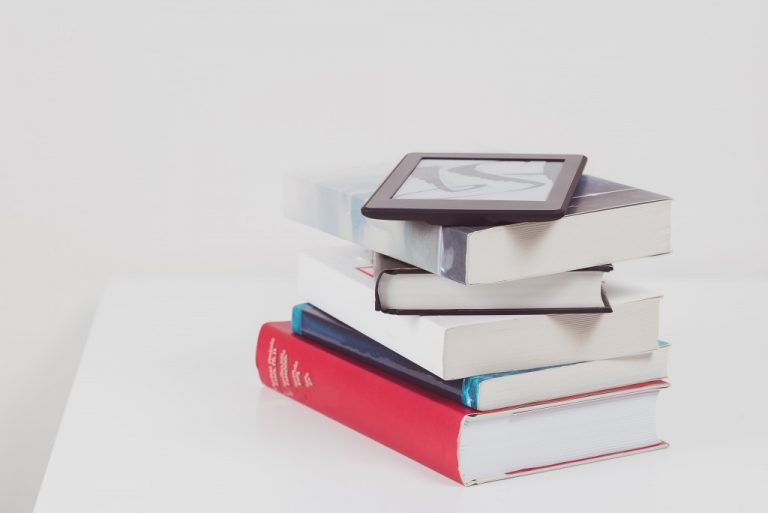The literary landscape is changing, with literature turning into another battleground between digitization and traditional print publishing. Some have crisscrossed both realms and entered the world of self-publishing print books. Nevertheless, the boundaries are redefined. Why is self-publishing still looked down on? Why is it that self-published books are deemed less worthy than their contemporaries from publishing houses? Why does it all matter when the end product is still a physical book?
It’s no wonder that emerging authors are turning to digital options. Aside from writing websites like Wattpad and Fictionpress, writers now have an array of electronic publishing firms to choose from, ones that have connections to digital companies like Amazon Kindle and its Canadian equivalent, Kobo. This seems to be a lucrative option now that apps are readily available for potential readers in practically every kind of smartphone or tablet. One download may mean a million books. Yet, there is a third option: doing both print and digital.
Here’s how you can do both.
Starting Points
Start with one, but keep the other in mind the whole time. As you type your story in a .doc file, try imagining what it would look like in printed form. How thick or thin would it be? Then, see how it is as an epub. Will the long paragraphs span pages? Will it look good with endless scrolling? Try to imagine as early as possible the challenges you will face and the adjustments you might have to make.

Strengths
Find out which is your strength. By now, you would have figured out if your work is better in print or epub. Some books look better with spines and paper, while others are easier to read when scrolling. You should make sure that the other option will not look awkward or be uncomfortable for readers. In other words: make sure that any experimental typeface or formatting is necessary and doable. Make sure that everything can be converted. It doesn’t have to be a perfect conversion; it only has to be a possible one.
Choices
Determine the similarities and differences. Most, if not all, applications or devices that make use of digital books include slides for front and back covers. Summaries are included, as well as the profiles of their writers. Digital editions are made to mimic physical print books as closely as possible. This format makes it easier to convert one form to another. Make sure that the design of the front and back covers will look pleasant to the eye in both print and digital forms. For instance, some devices cannot support images with color. Thus, brightly colored covers with no lines and little contrasts might not look as aesthetically pleasing in such tools.
Going both ways is completely possible. You don’t have to stick a rigid traditional path, nor do you have to be the most tech-savvy person. You can be a bit of both and make use of the best of two worlds. You can merge whatever knowledge you have of either form and use one to support the other. You can choose digital now and print later, the other way around, or both at the same time. It depends on you, the book, and the market. You can’t predict what or where it will be a hit, so it’s best to prepare!
